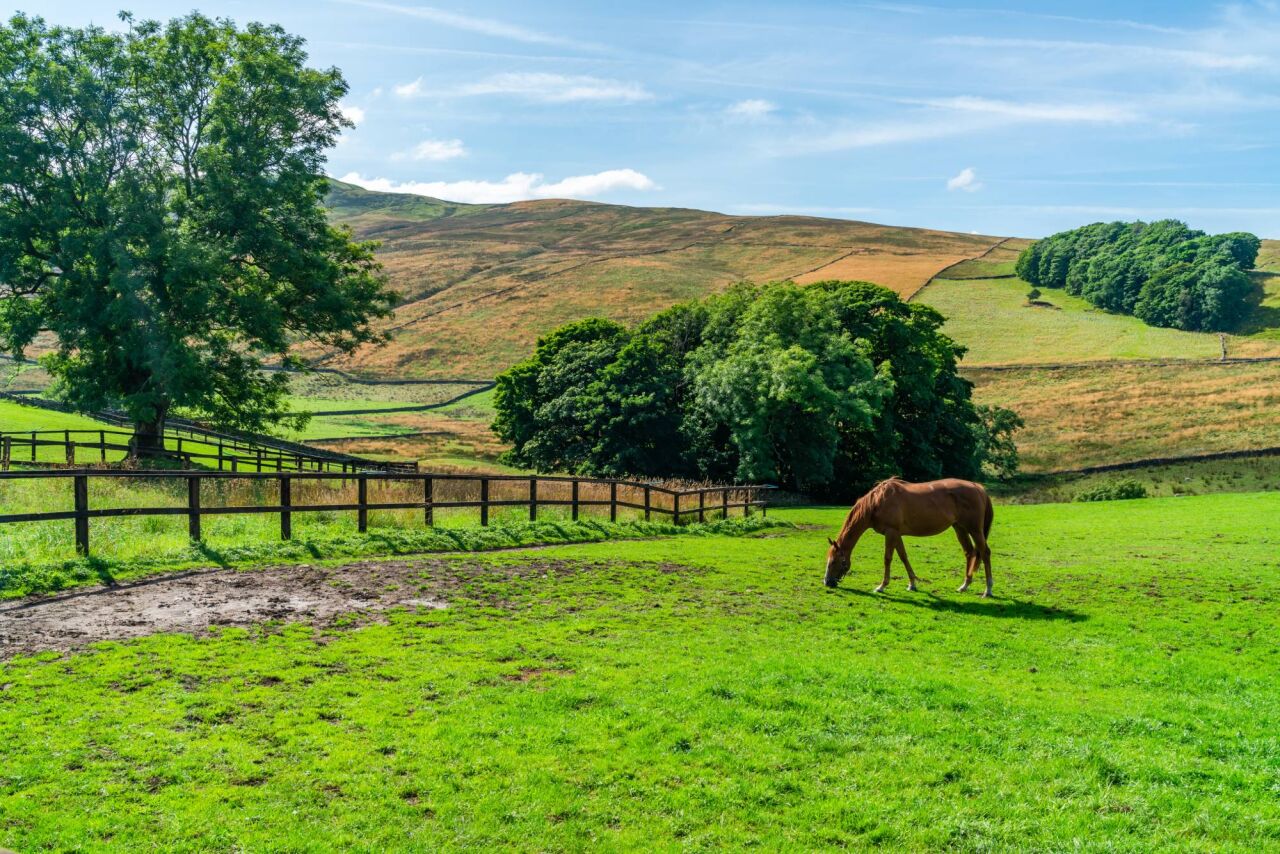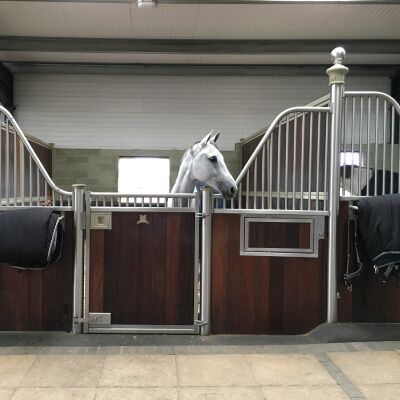
Agricultural & Equestrian

Jackson Arenas
We have a wealth of experience undertaking equestrian projects for clients. We have secured planning permission for many indoor and outdoor menages, riding facilities including polo pitches and associated stabling and groom’s accommodation. We frequently are involved with proposals to…
View project
Dog Walking Fields
Achieving Planning Permission for Secure Dog Exercise FieldsThe demand for secure, off-leash dog exercise facilities is growing, particularly for owners of reactive dogs who require safe, controlled environments for exercise and training. Southern Planning Practices is proud to have supported…
View project
Equestrian Projects
We have a wealth of experience undertaking equestrian projects for clients. We have secured planning permission for many indoor and outdoor maneges, riding facilities including polo pitches and associated stabling and groom's accommodation. We frequently are involved with proposals to…
View project